Today, there are important updates from the Russian Federation.
Here, Russian media and political leaders are shocked by the discussed delivery of an American made missiles to Ukraine that can reach Moscow and beyond. After Trump offered multiple chances for a ceasefire and diplomatic resolution, he has now hardened his stance by tripling the range of Ukrainian strikes.
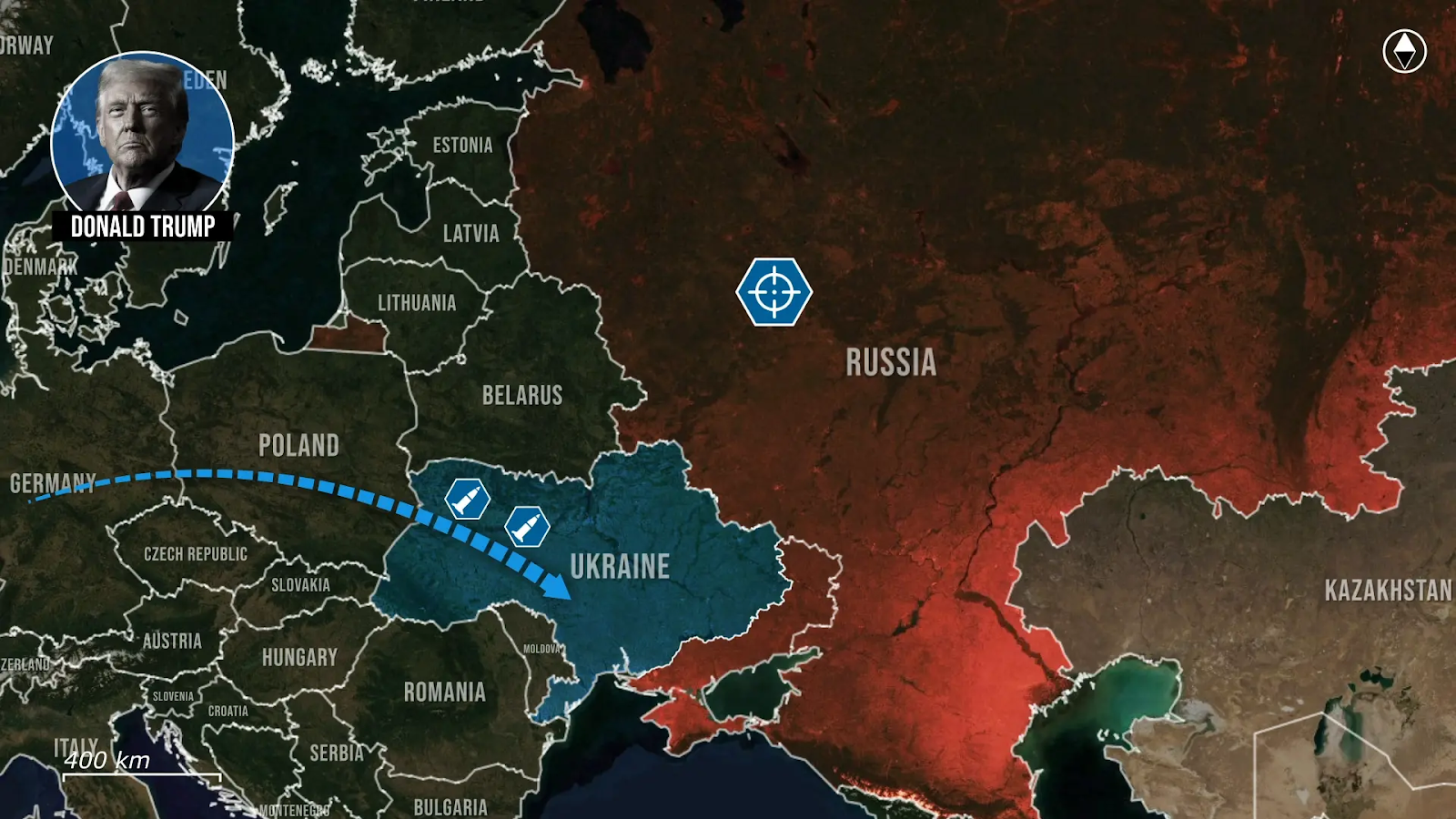
In the last hours, Russian dread has surged amid reports that the United States may authorize the delivery of AGM-158 cruise missiles to Ukraine, potentially transforming the whole landscape of the war. The mere suggestion that Ukraine might soon possess the capability to strike targets up to 1,000 kilometers inside Russian territory has sent shockwaves. The fear stems from the possibility that Ukraine’s constantly growing fleet of F-16 fighters, could be swiftly upgraded with these stealthy cruise missiles, dramatically reshaping Russian logistical and defensive priorities. Simultaneously the former Russian transportation minister was fired just days ago by Vladimir Putin and found dead just hours later, which creates additional chaos within the Russian bureaucratic machine.
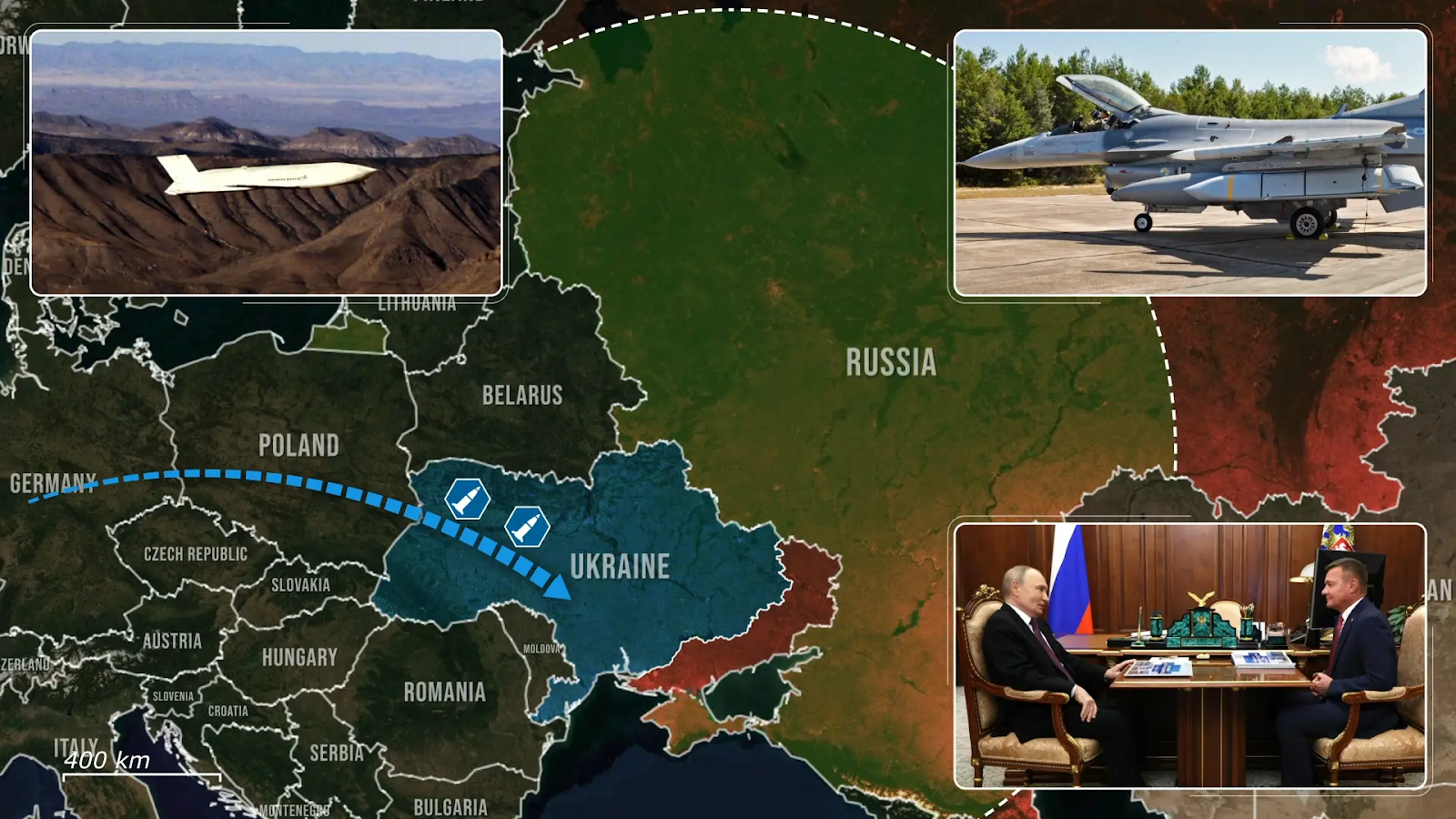
Central to this upheaval is the AGM-158 Joint Air-to-Surface Standoff Missile or Jassm, with its variants presenting serious threats to critical Russian infrastructure previously deemed safe. The baseline missile has a 370 kilometer range, and a formidable 450 kilogram penetrating warhead designed to breach hidden targets with precision guidance. Even more daunting is its extended-range version, the Jassm ER capable of reaching targets up to 1,000 kilometers away. Their stealth design and compatibility with F-16 aircraft, a platform already integrated into Ukraine’s air force, would grant an unprecedented capability to launch devastating precision strikes.
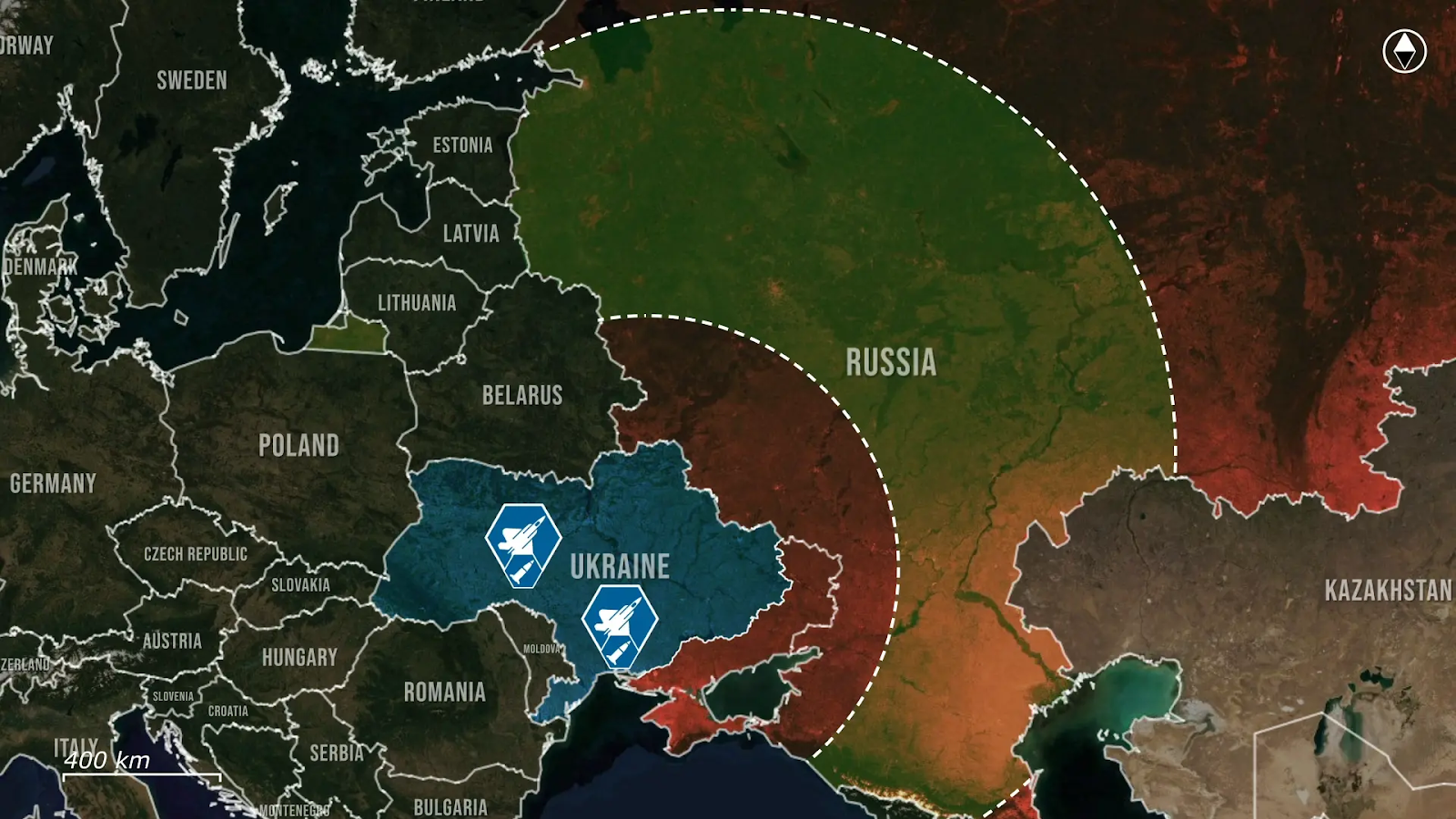
The strategic significance of this range extension is immense. Previously unreachable targets, such as the National Defense Management Center in Moscow, the heart of Russia’s military command-and-control infrastructure, would now fall within Ukraine’s potential strike radius. Equally vulnerable would be Russia’s Southern Military District Headquarters in Rostov-on-Don, a pivotal command hub coordinating military operations across Ukraine’s eastern regions. These targets, especially the center in Moscow may not be targeted outright but the mere presence of powerful missiles within Ukraine’s arsenal will create an understanding that if Russia continues to target Ukrainian high command centers, they can lose theirs too. Just having such missiles creates a strategic shift in favor of the Ukrainians.
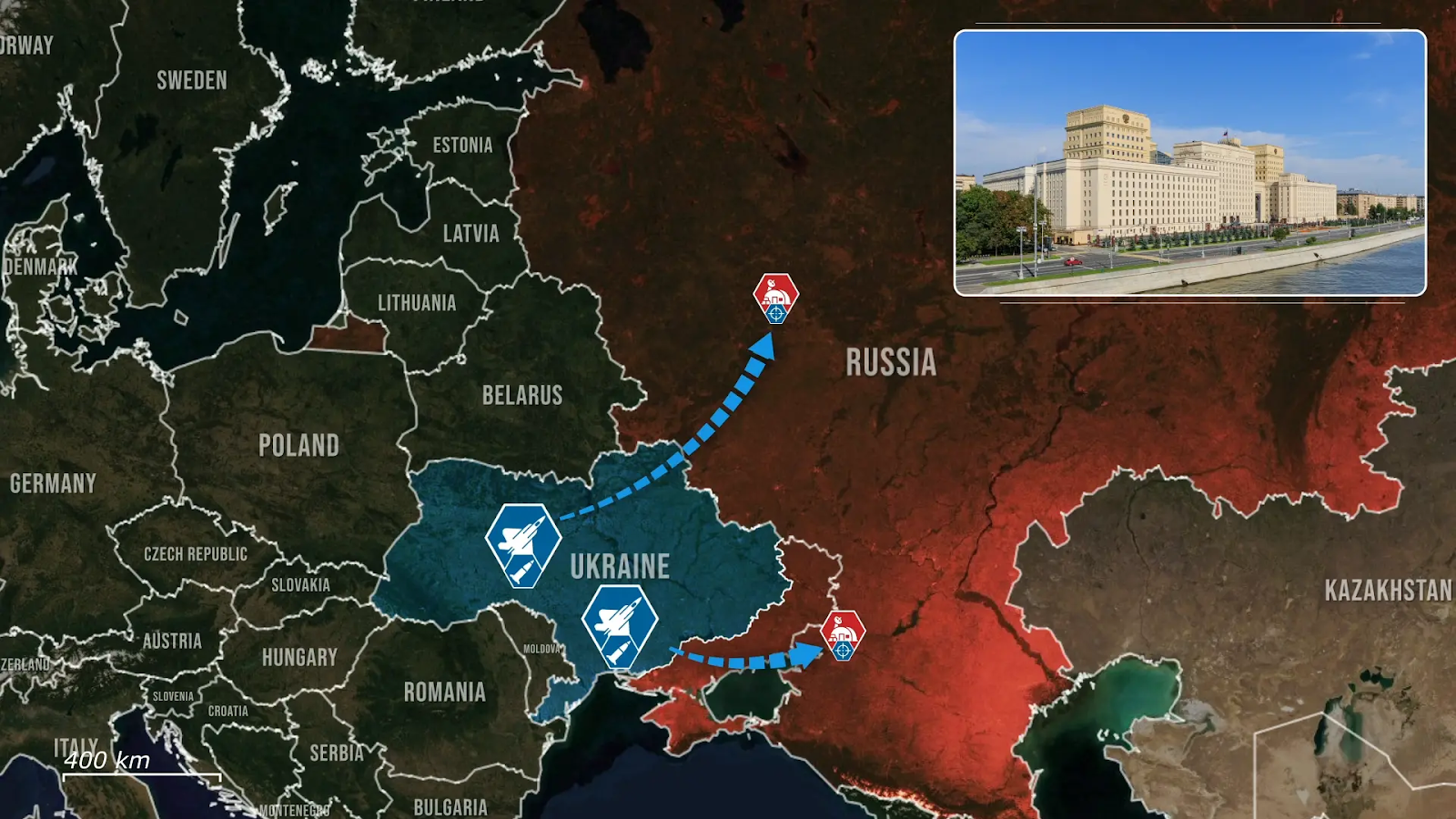
Logistics facilities and ammunition depots crucial for sustaining Russia’s war effort would likewise become accessible targets, with the Kerch Bridge, vital for supplying Russian forces in Crimea and carrying symbolic significance for Putin’s regime, would be the first high-value one. Similarly, ammunition depots such as the 51st Arsenal near Barsovo, Vladimir Oblast, housing over 264,000 tonnes of munitions, and the 1060th Logistics Support Centre near Bryansk, would face serious threats of destruction, severely undermining Russia’s frontline operations. These threats extend further to the Egorlykskaya base near Rostov, known to store North Korean-supplied munitions used by Russian forces in Ukraine.
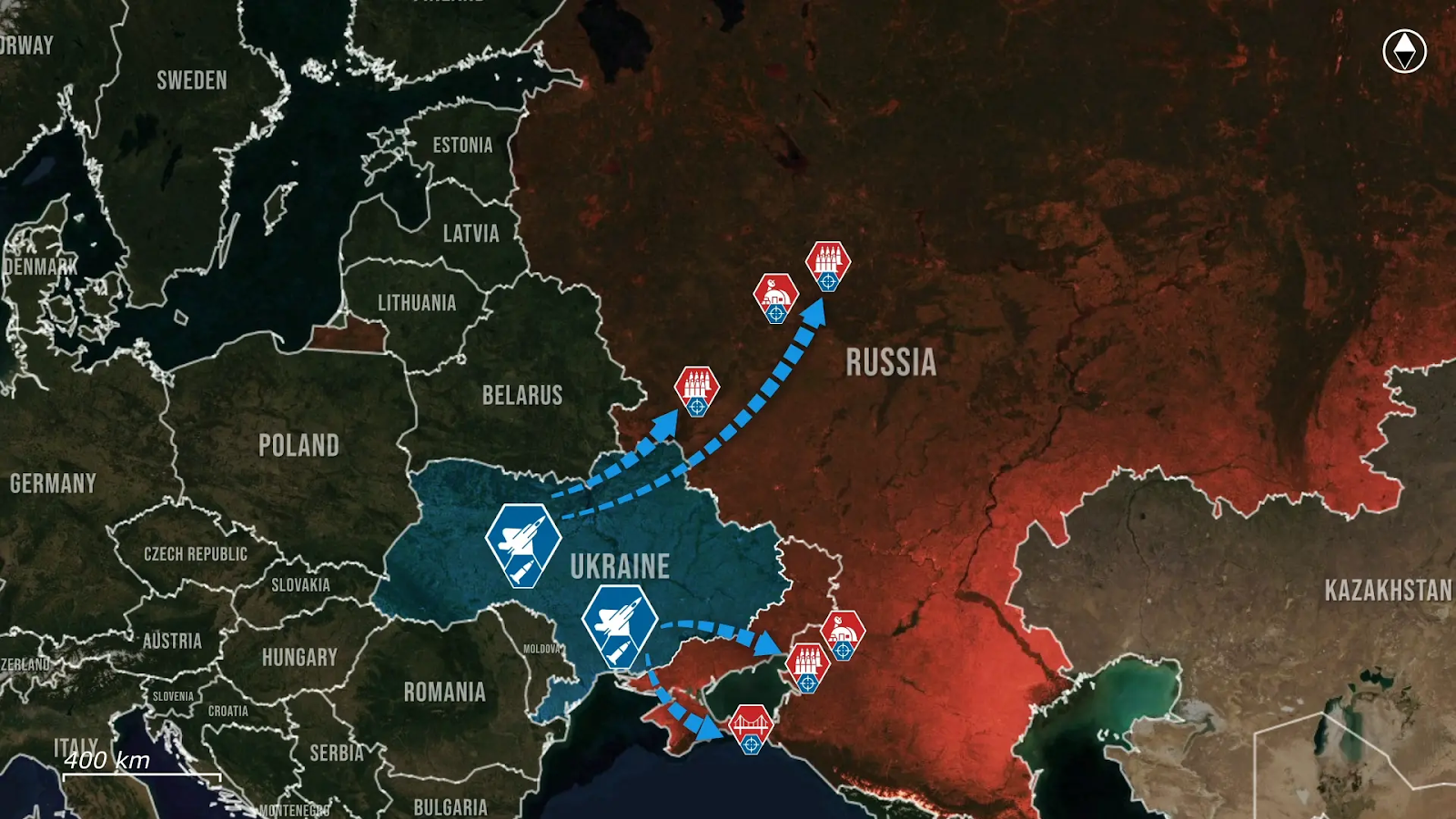
Crucially, the AGM-158 missiles would allow Ukraine to target Russian airbases well beyond the reach of current capabilities. The Engels-2 Air Base, housing Russia’s strategic bomber fleet, as well as the Lipetsk Air Base, essential for training Russia’s dwindling pilot reserves, would be directly threatened. Shaykovka Air Base, home to long-range bombers frequently used in missile strikes against Ukrainian infrastructure, and the strategically significant Saky Air Base in Crimea, would also find themselves within reach of devastating attacks.
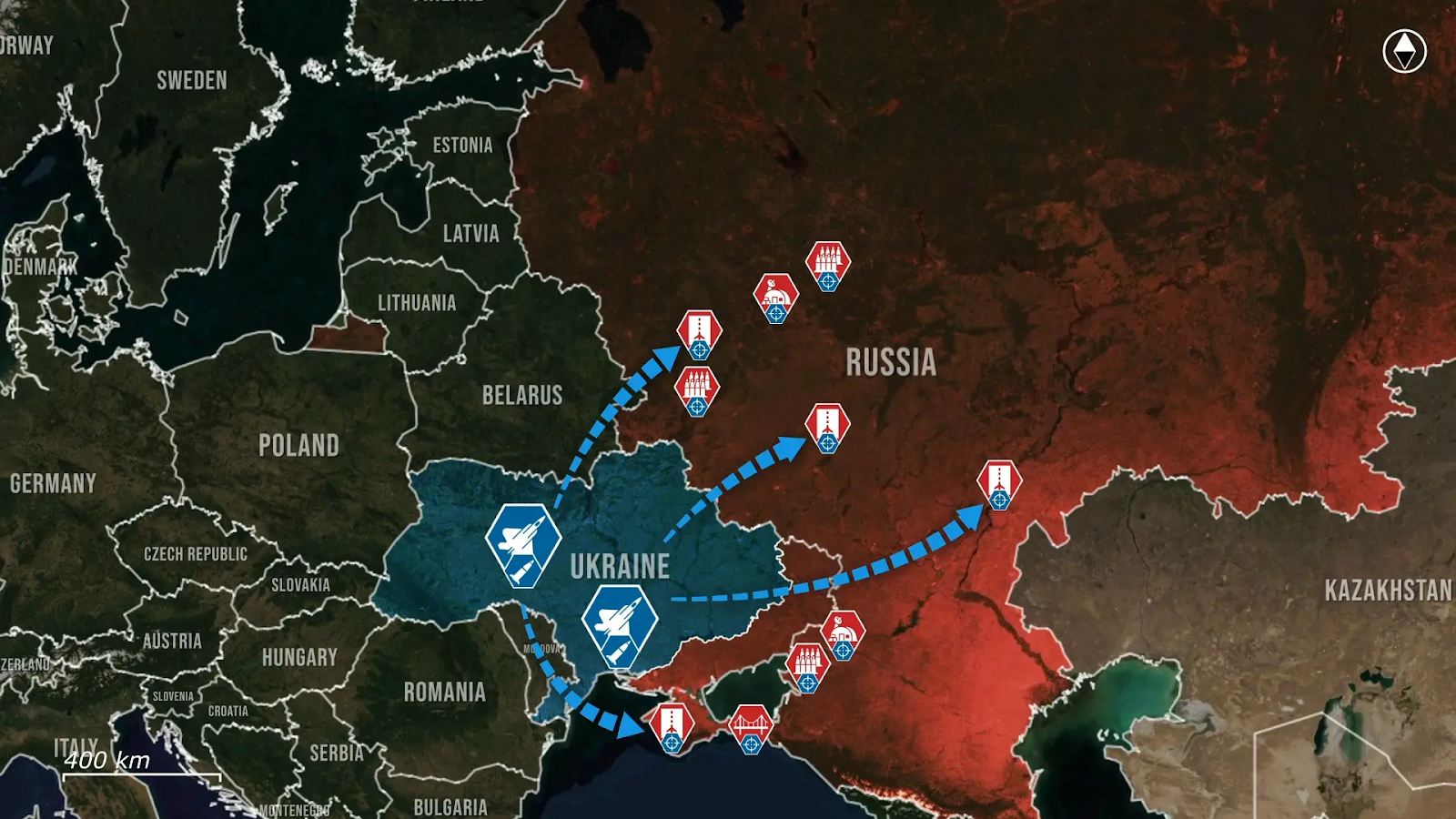
The emergence of this capability demands that Russia fundamentally reconsider its defensive posture. To safeguard deep rear areas, Moscow must redeploy its already strained air defense assets, weakening frontline coverages.
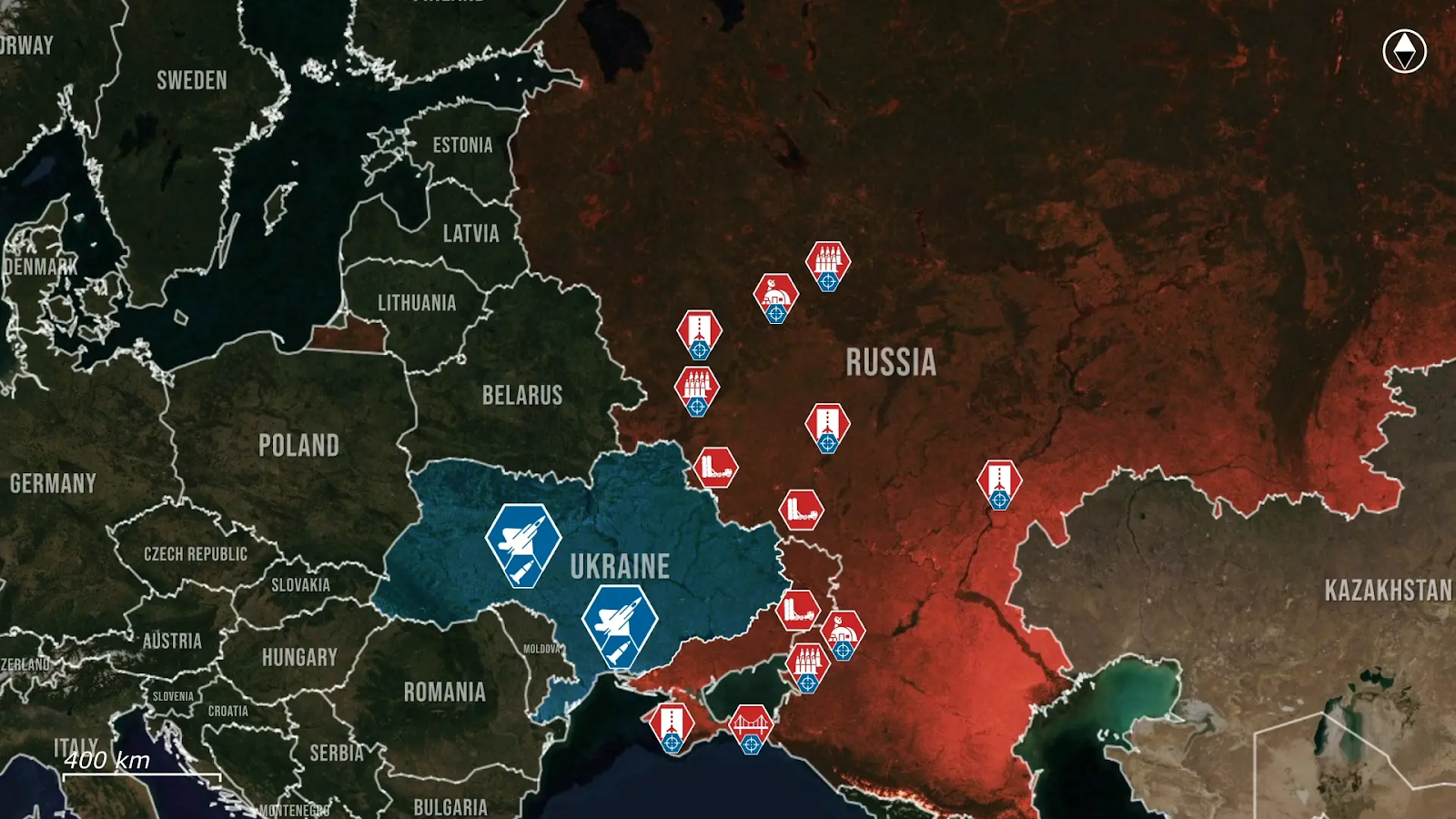
Under sanctions and attrition, the replenishment of sophisticated air defense systems like the S-400 has become increasingly challenging. This leaves frontline troops and logistics vulnerable to Ukrainian drones and missile strikes, already intensifying in frequency and effectiveness.
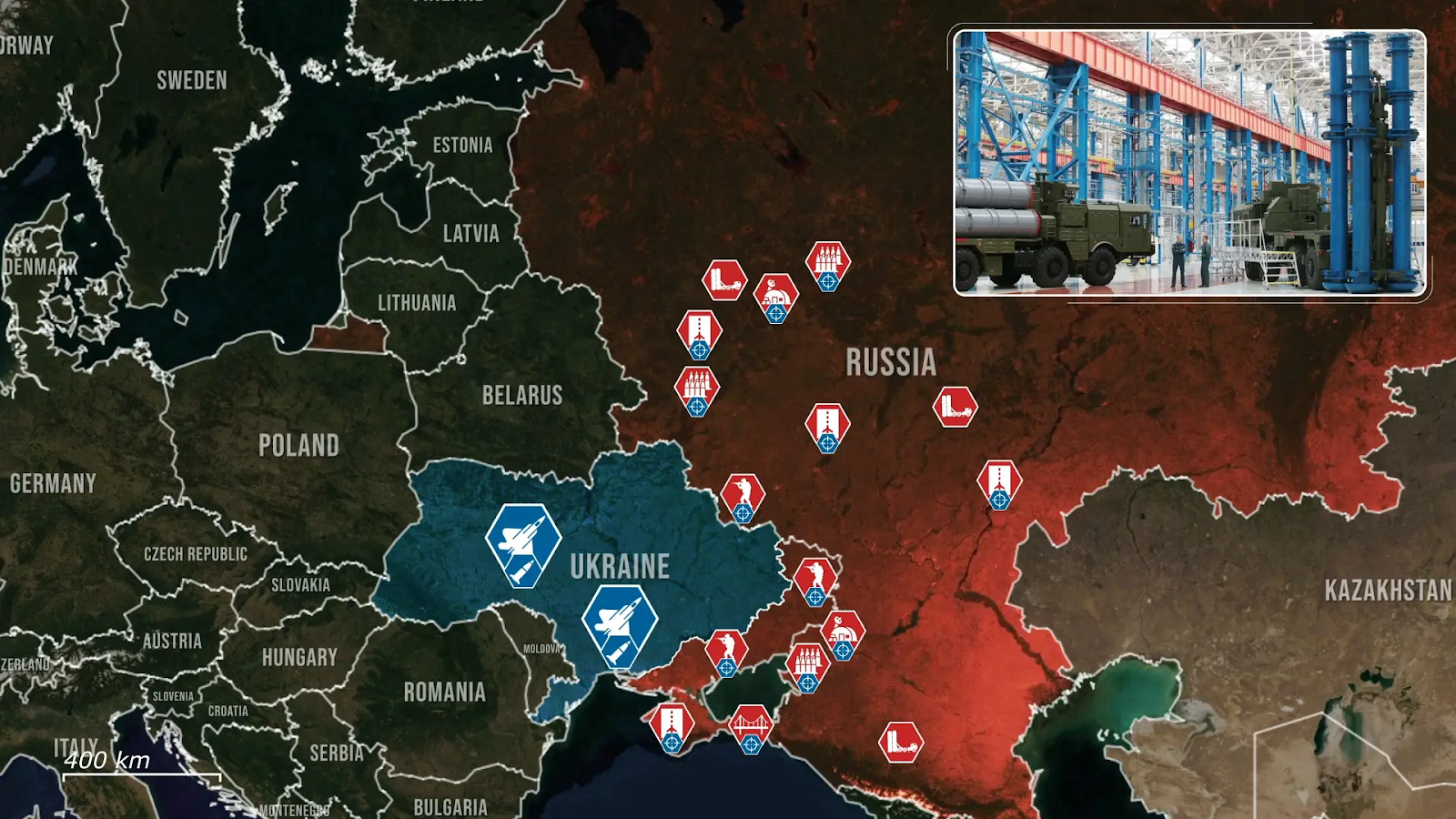
Overall, the introduction of AGM-158 missiles would dramatically shift the balance of power, exposing Russia’s critical rear infrastructure to unprecedented danger. Beyond physical destruction, the psychological impact would erode Putin’s domestic narrative of invulnerability, permanently shattering the illusion of secure rear sanctuaries. This looming threat alone is reshaping Russia’s strategic calculus, and if the delivery becomes a fact, it will offer Ukraine a significant operational advantage, even as a counterbalance measure to protect the country’s own key military command centers.
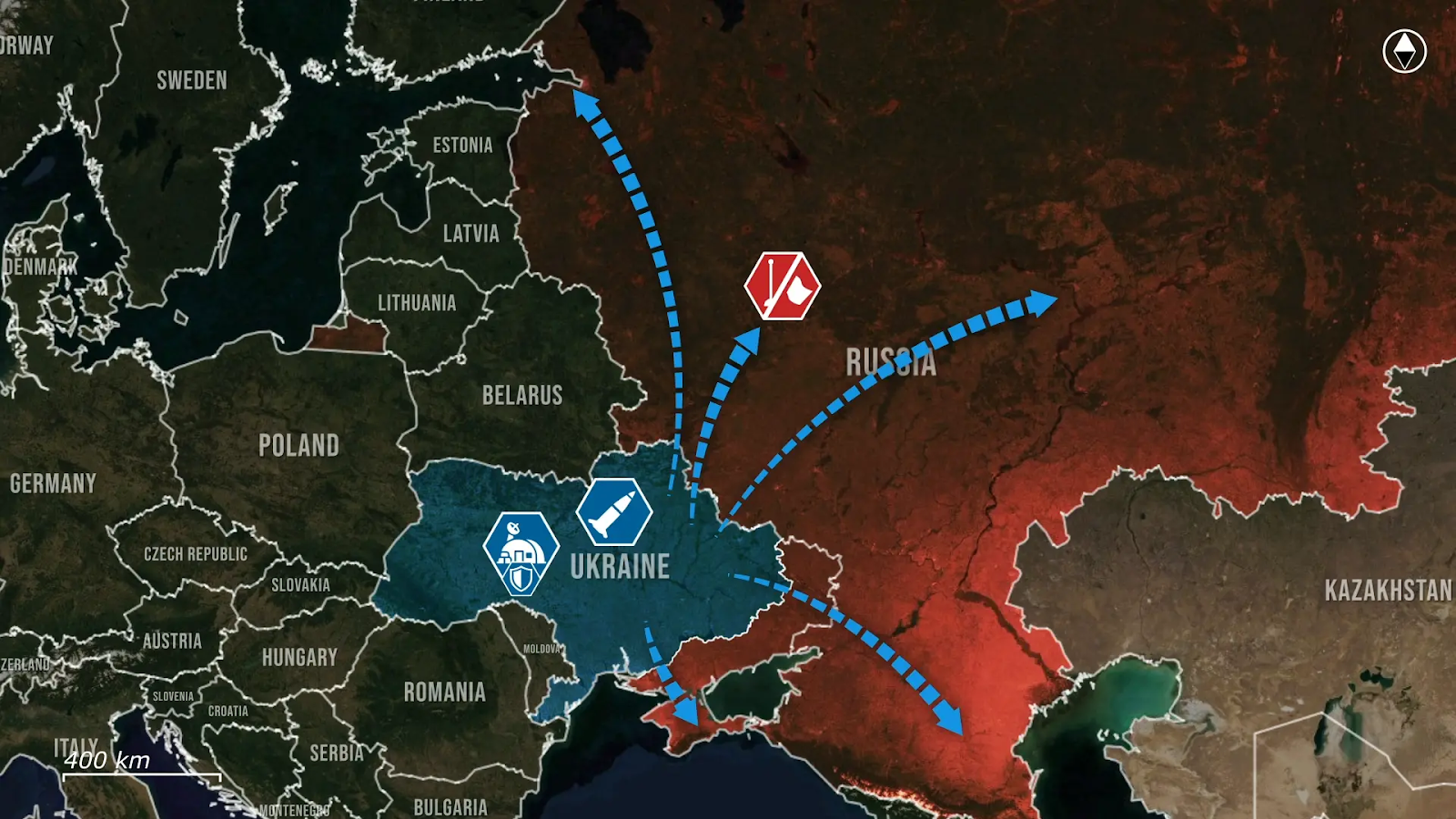








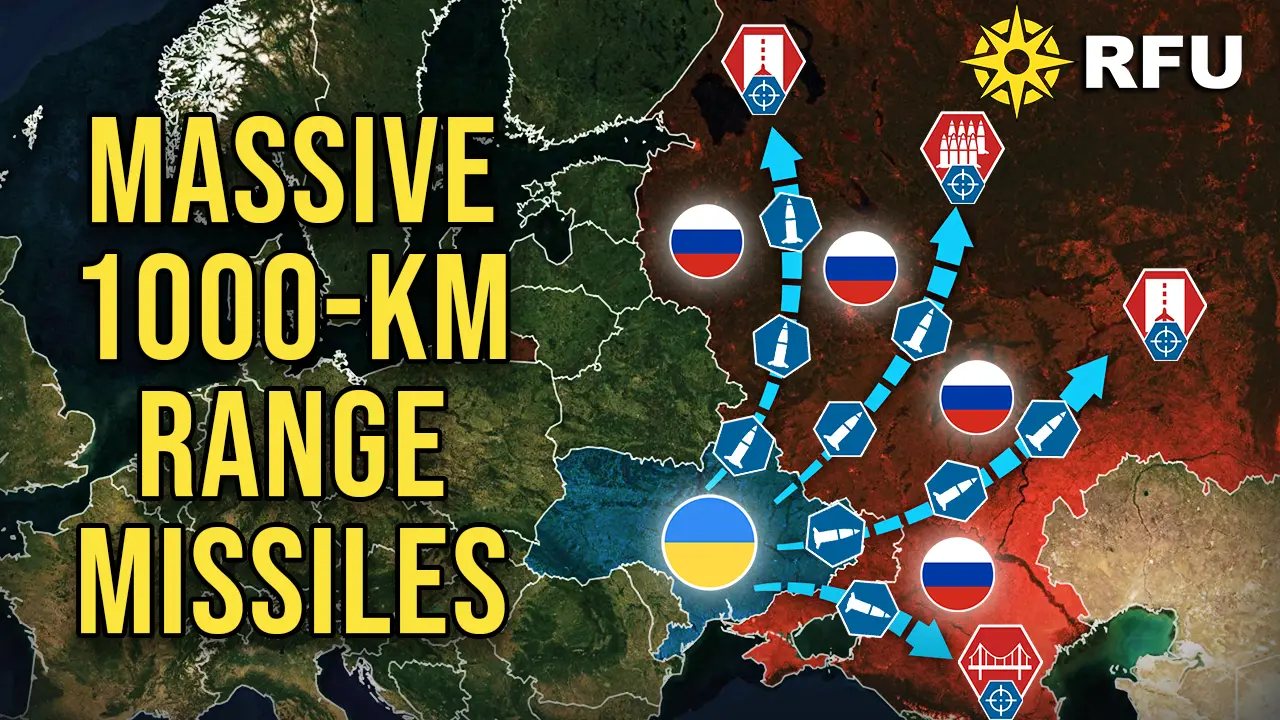
.jpg)
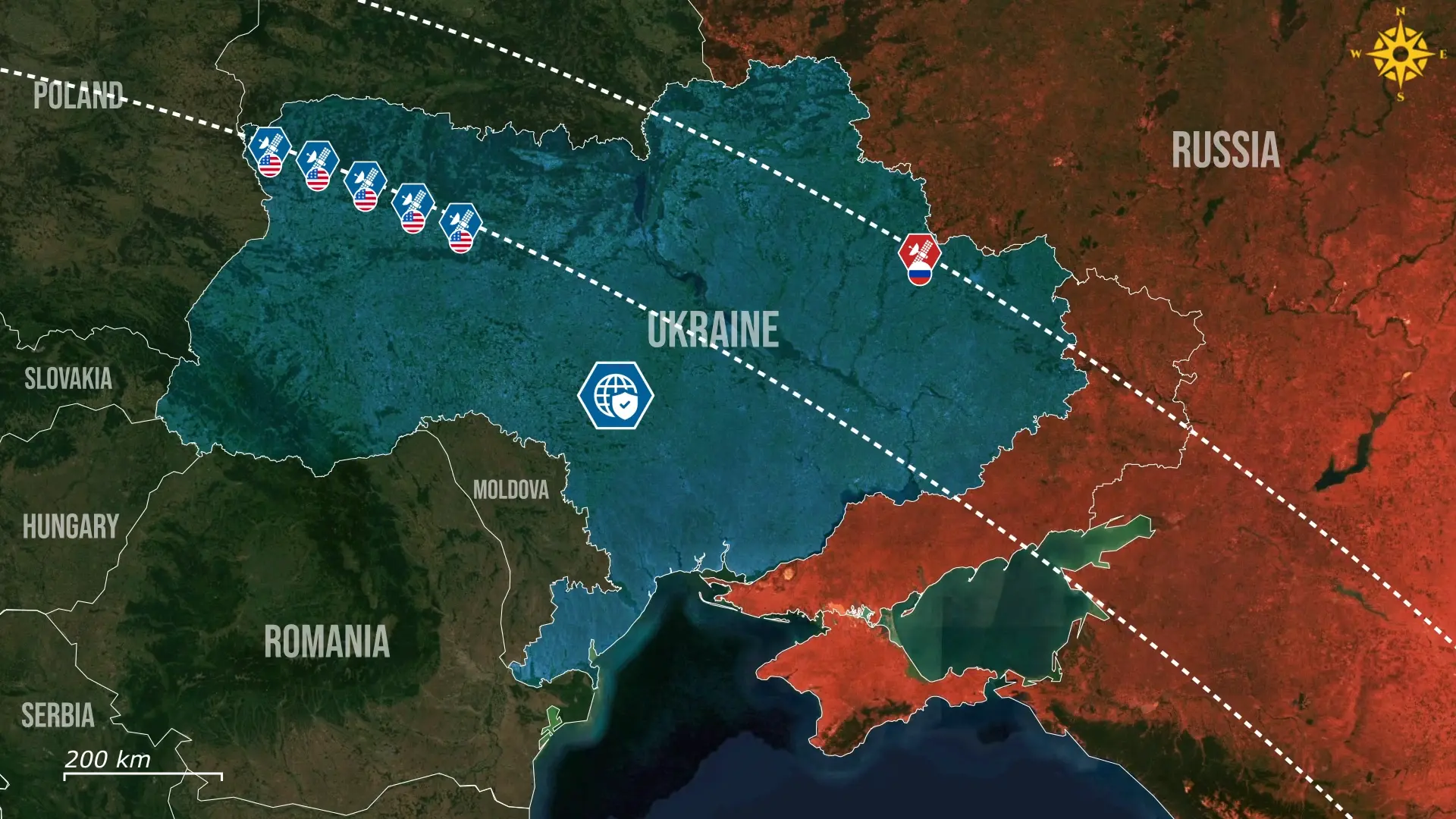
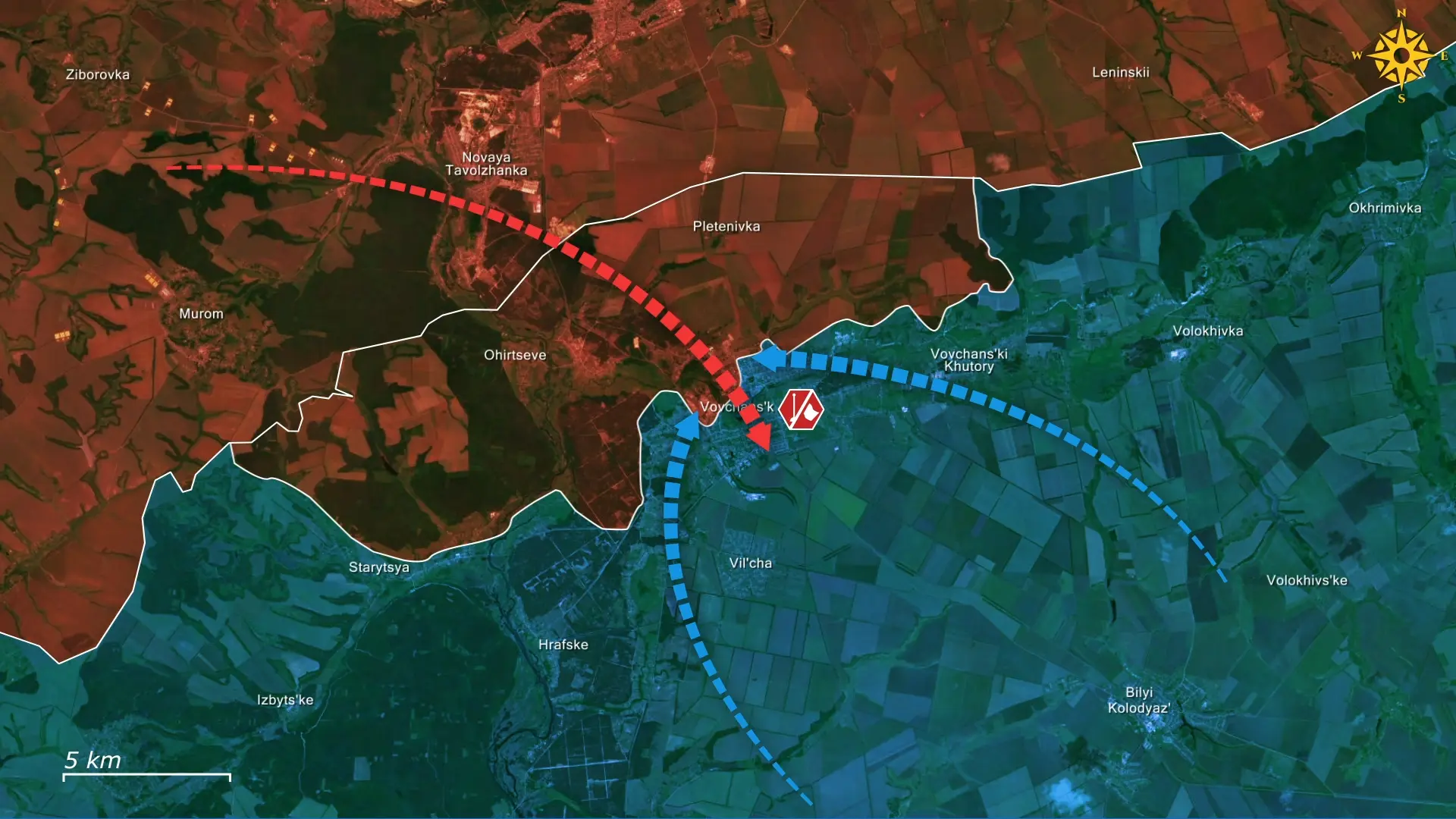
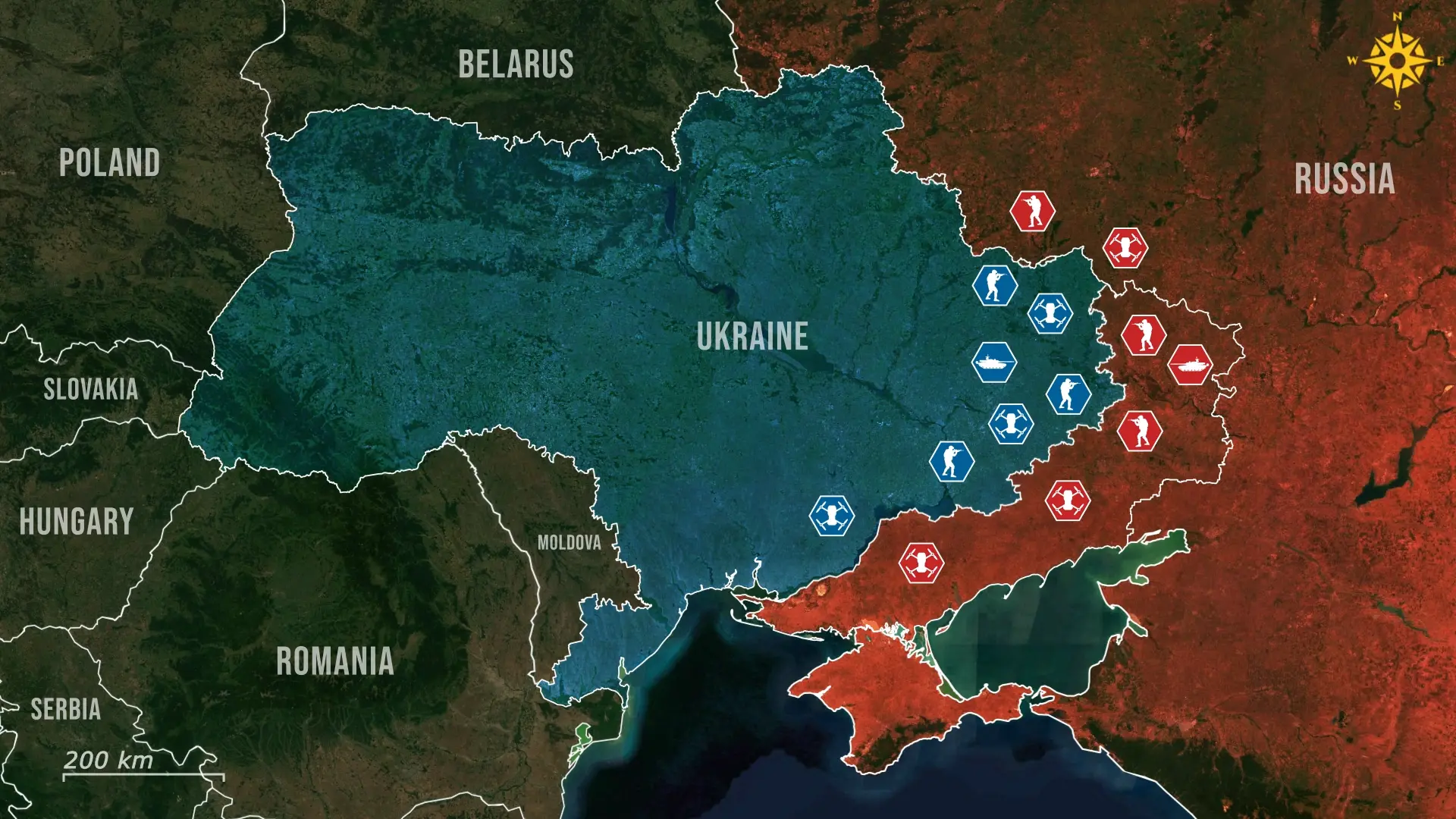
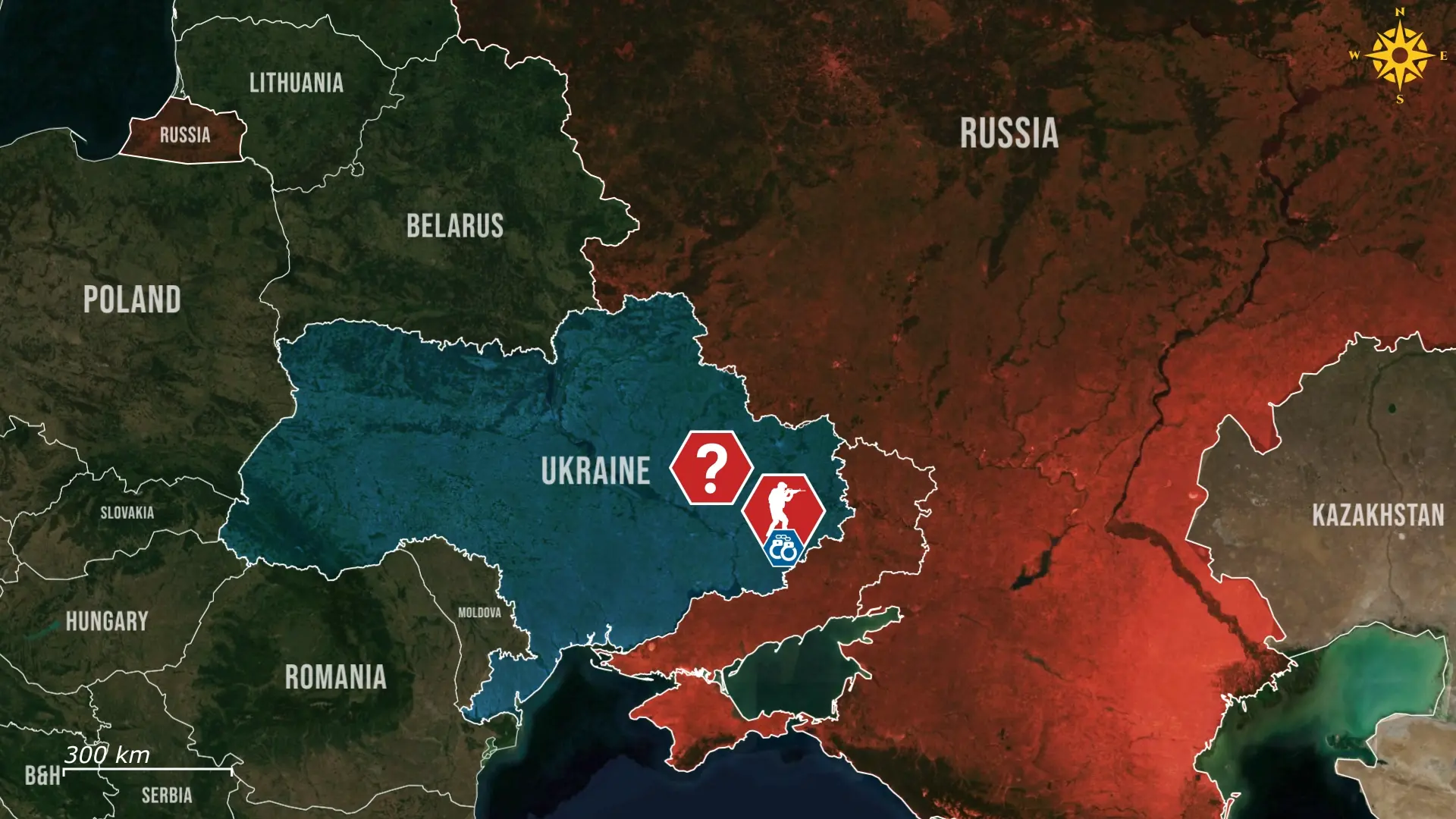
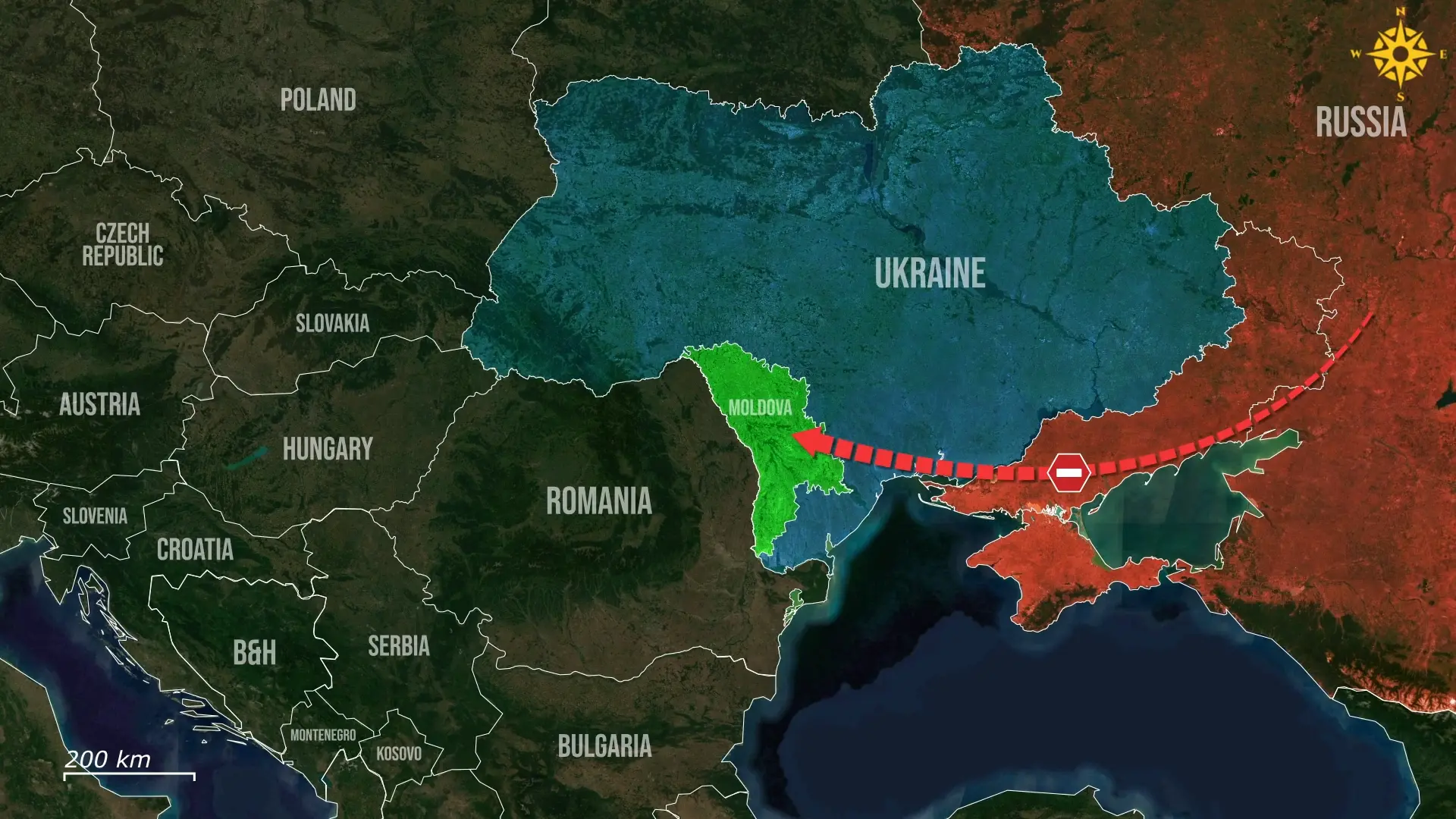

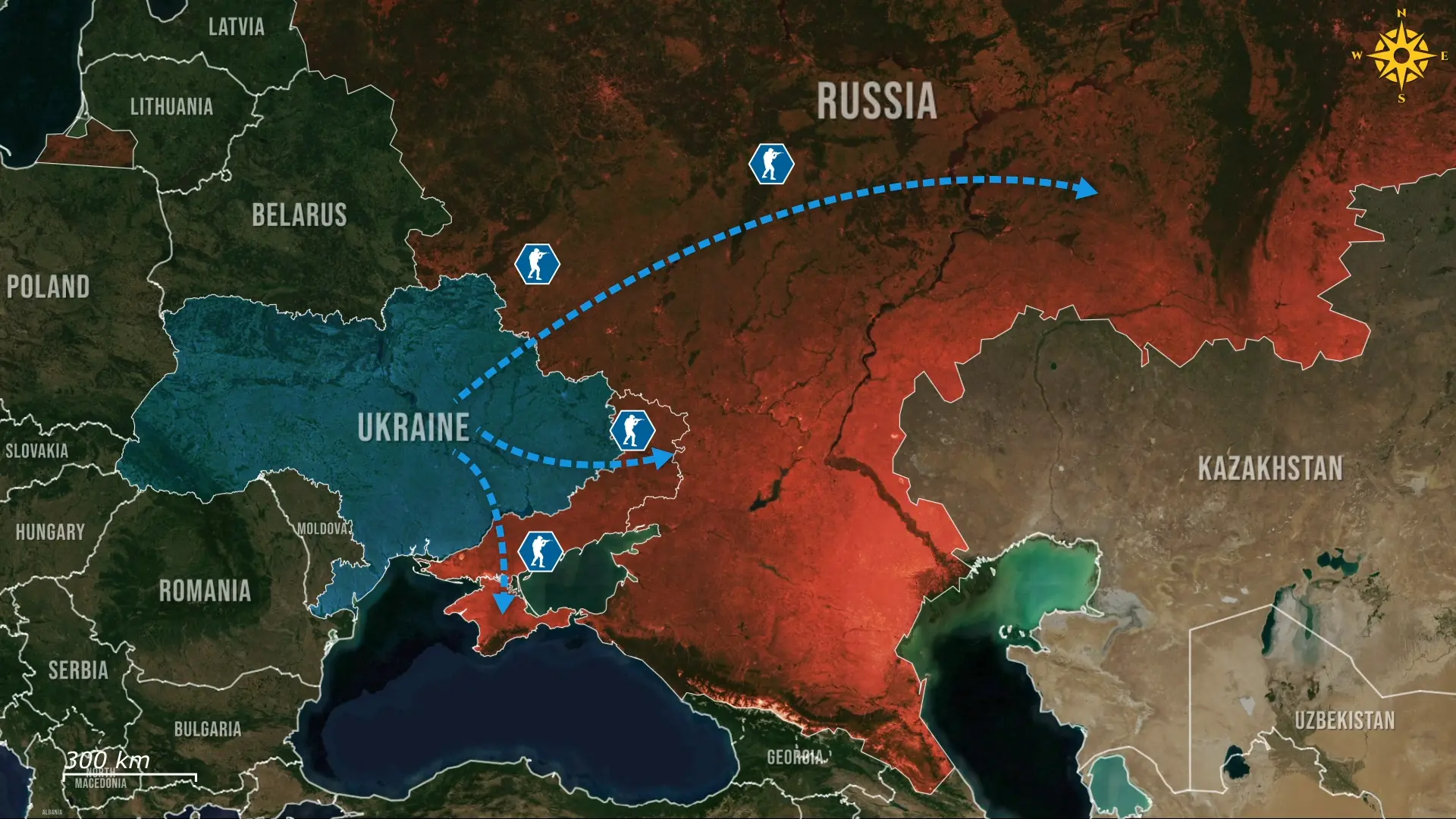
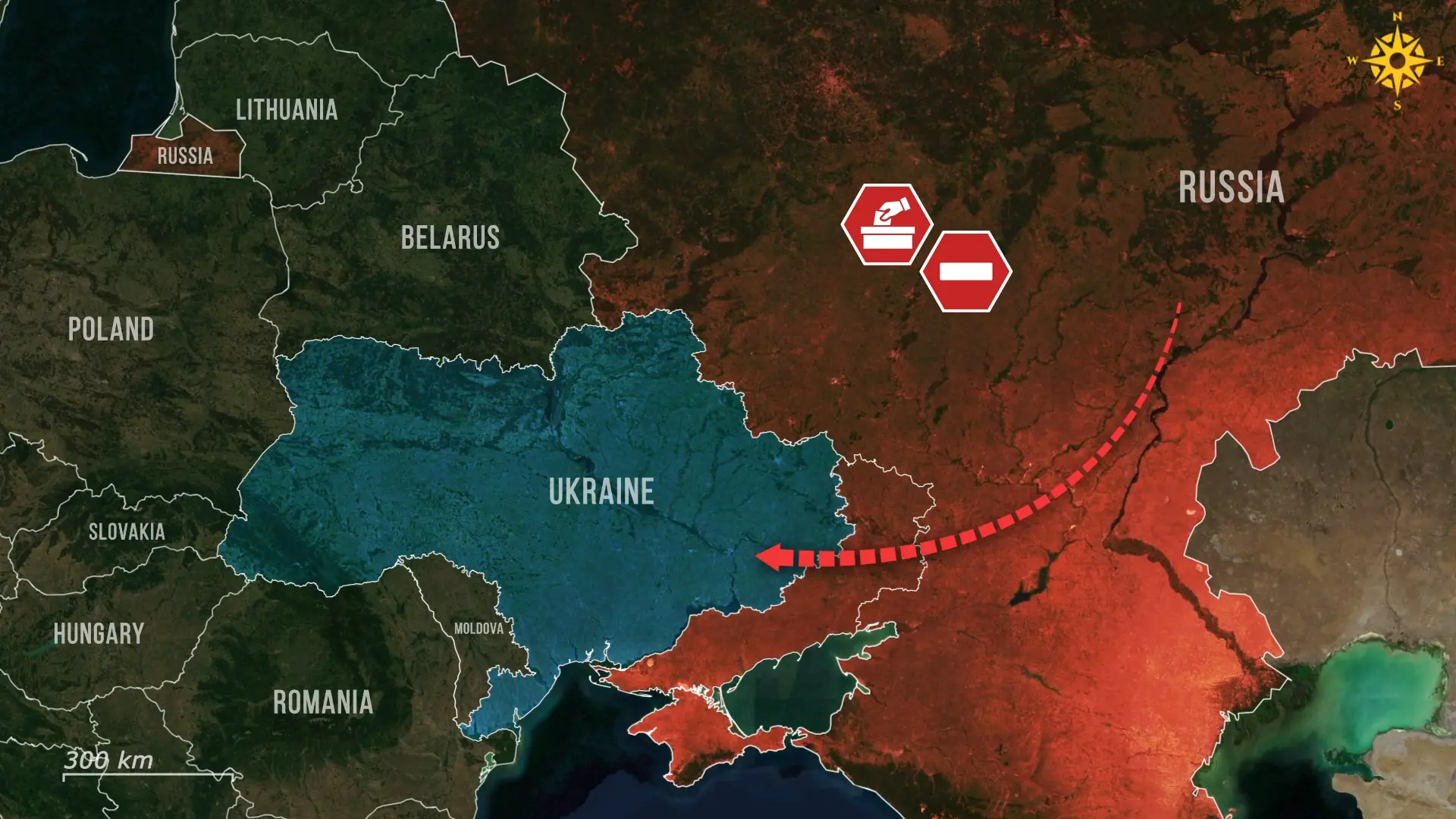
Comments